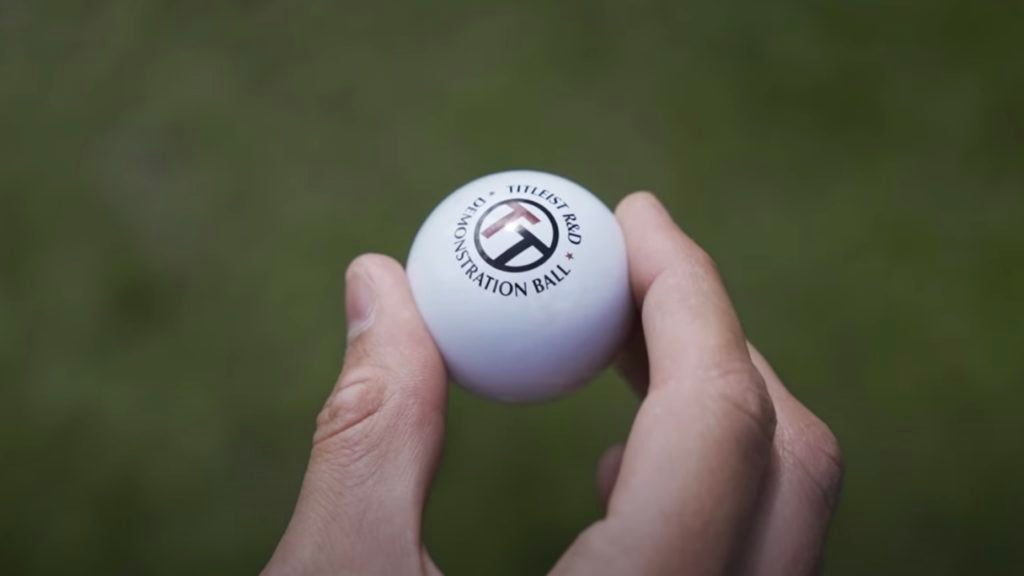It’s impossible to state one aspect of the golf ball is more important than the other. A multi-layer urethane cover can deliver feel and spin control, but without a well-designed core (and possibly a mantle layer or two), it’s basically a Ferrari with a Ford Escape engine. It looks fast until you punch the peddle.
The same thing can be said when discussing the importance of dimple pattern design. The small depressions found all over the ball ultimately determine velocity, launch and spin rate after it leaves the clubface.
Alter the depth of a dimple by as little as 1,000th of an inch and you could negatively affect the ball’s aerodynamics (lift and drag) while it’s rocketing through the air. In this case, the line between success and failure is razor-thin.
Ranking the pieces of a ball by importance is pointless because each plays a vital role. That said, even the most expensive ball in the world isn’t going anywhere without dimples.
If you need visual proof, take a look at this video Titleist recently published where four professionals were given the opportunity to test a dimpleless Pro V1.
“Does it explode?” Matt Fitzpatrick asks as he looks the smooth sphere over.
No, Matt, it doesn’t explode.
What it does do is turn the best golfers in the world into average hacks who struggle to get the ball in the air and beyond 150 yards. Well-struck tee shots are still penalized with short hangtimes; mishits resemble a dead duck as they take a nosedive to the left or right. Neither option looks appealing.
So the next time you hammer a drive and watch the ball soar downrange, take a minute to tip your cap to the ball designer working diligently on the dimples. Without them, you’d need to be Iron Byron to keep it on the map.
